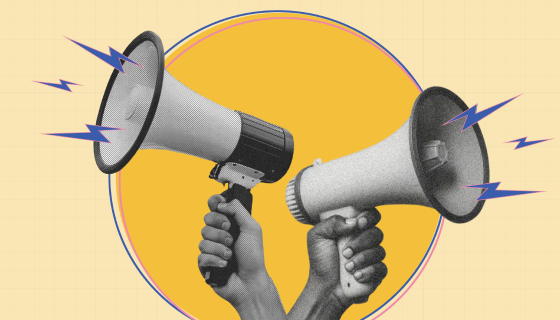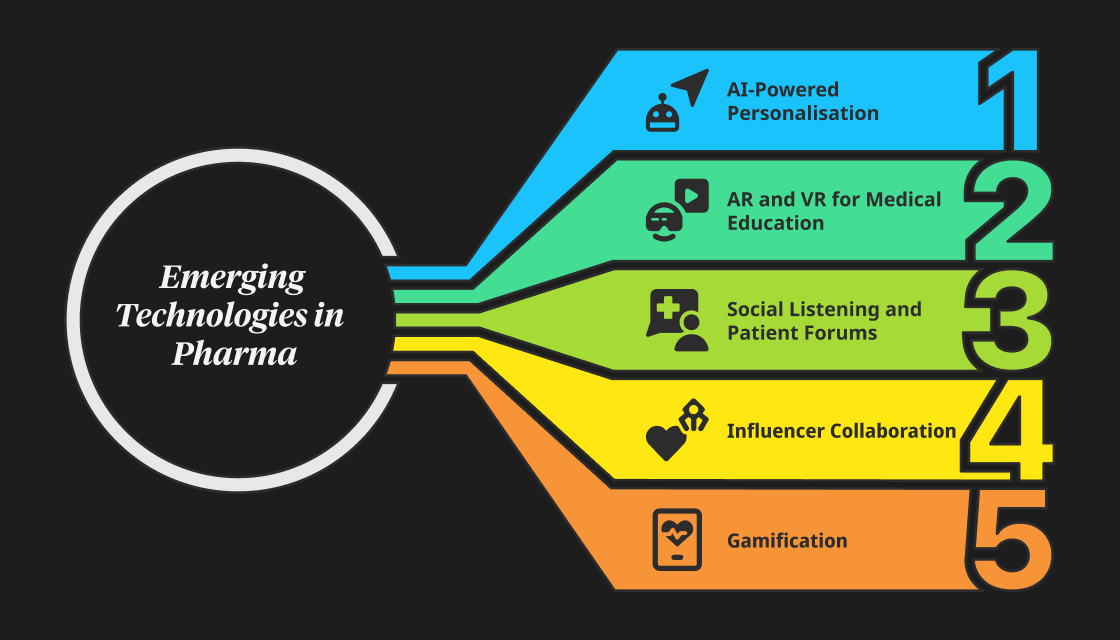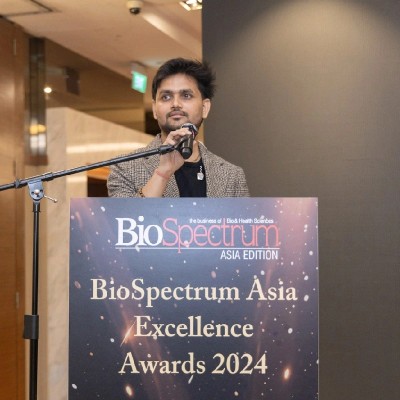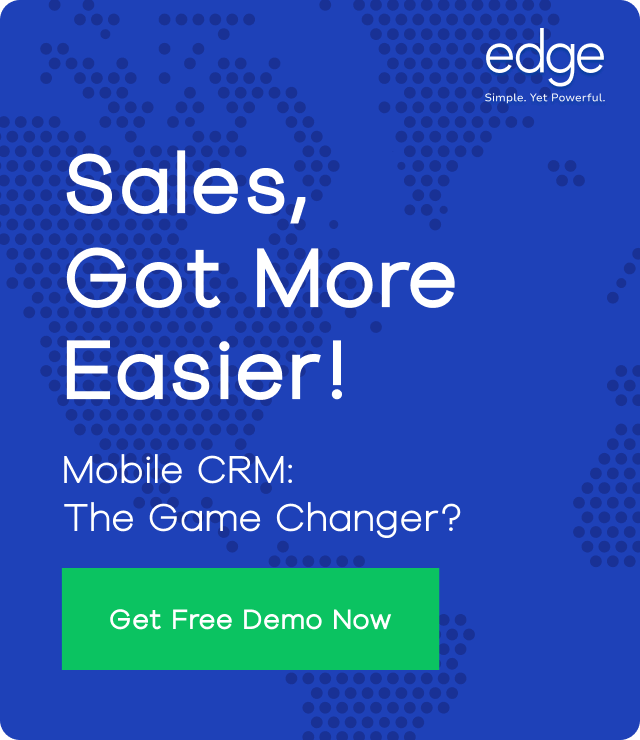by Ankit Kankar
8 minutes
The Digital Attention Economy in Pharma: A Strategic Pivot Toward Substance
In 2025, pharma marketing shifts from noise to credibility, prioritizing trust, relevance, and meaningful digital engagement.

In 2025, the average physician receives over 1.4 pharmaceutical touchpoints per working hour, while only half remain fully accessible to reps. On the patient side, 72% of adults report encountering conflicting or confusing health content online each week. The result is a healthcare communication crisis—one not caused by a lack of information, but by an overload of it.
As pharmaceutical companies race to reach healthcare professionals, patients, and regulators through digital platforms, they are confronted with an escalating challenge: how to break through the clutter without contributing to it. The digital attention economy has shifted the industry’s priorities from visibility to credibility, from reach to relevance.
This shift is not cosmetic. Misinformation can be fatal, as seen with the counterfeit semaglutide crisis, and attention-grabbing yet medically shallow content has sparked public confusion and clinical missteps. Amid this, forward-looking pharma companies are beginning to understand that trust—not volume—is the true competitive edge. In this new digital era, the metric that matters most is not clicks, but credibility.
This article explores how pharma is adapting to this reality in 2025. From AI-powered personalisation and AR-led engagement tools to regulatory reform and campaign innovation, the industry is undergoing a fundamental reset—one that prioritises substance over noise.
Understanding the Pharma Attention Economy
The concept of the attention economy refers to a digital ecosystem saturated with content where every click, scroll, and swipe represents a potential touchpoint. In pharma, this plays out in distinct ways. Healthcare professionals receive an overwhelming number of digital communications daily—emails, digital sales calls, clinical updates, and webinar invitations. On average, HCPs receive more than 1.4 pharma interactions every working hour, and only about half are even accessible to reps.
Patients, too, face a torrent of health-related messages. Social media platforms are rife with wellness tips, miracle cures, and product promotions, many of which lack scientific credibility. In this environment, trust becomes the most valuable currency. Pharma companies must balance their desire to capture attention with the imperative to inform responsibly. The stakes are high—not just commercially, but ethically and clinically.
Unlike other sectors, pharma is not at liberty to use hyperbole or viral gimmicks to cut through the noise. Regulatory frameworks, patient safety, and the foundational reliance on clinical evidence demand a higher standard. In a world where attention is short, accuracy and authenticity must remain long.
The Battle Between Substance and Noise
The tension between meaningful communication and shallow content has never been sharper. Substance is about delivering clinically accurate, evidence-based messages that support patient understanding and improve health outcomes. Noise, by contrast, refers to content that is attention-grabbing but medically shallow—clickbait headlines, exaggerated health claims, and celebrity-fuelled misinformation.
The semaglutide saga offers a compelling example. Initially developed to treat type 2 diabetes, semaglutide (branded as Ozempic) gained fame as a weight-loss miracle on platforms like TikTok. Users began demanding it by name—or rather, by nicknames like "skinny shot"—often without understanding its clinical purpose or potential side effects. The frenzy resulted in shortages, black-market imitations, and ultimately, an FDA warning about counterfeit pens containing non-sterile needles. This was digital noise with tangible consequences.
In contrast, the World Health Organization took a proactive approach to fighting misinformation by partnering with TikTok to disseminate science-based content. In 2024, WHO enlisted more than 800 health creators to produce relatable, accurate content on vaccines, chronic diseases, and mental health. These efforts illustrate the potential of social platforms to serve as bridges to reliable knowledge rather than channels for chaos.
Campaigns That Cut Through—With Purpose

The best examples of pharma engagement in 2024 and 2025 didn’t rely on gimmicks or product pitches. They delivered emotional and educational value.
ViiV Healthcare’s “Navigating HIV”
This campaign featured real patient-provider dialogues on life with HIV, stigma, and relationships. Short-form clips drove over 1.7 million organic views across platforms, while longer YouTube episodes offered deeper context. By avoiding direct product promotion and instead fostering honest conversations, ViiV created a campaign that was both poignant and powerful.
Organon’s “Mis[s]diagnosed” Campaign
In a study of over 4,000 women across the Middle East, Organon found that 97 percent were unaware of female-specific heart attack symptoms. The company sent a woman undercover to doctors, 83 percent of whom failed to diagnose her correctly. The findings were turned into medical aid kits, distributed to physicians and influencers, leading to a 24 percent increase in engagement and reaching 28 million women. The message was unbranded, yet unforgettable.
Dulcolax’s Taboo-Busting Push
Sanofi took a humorous route by launching an AR-powered Instagram campaign in Portugal and the UK. Generative-AI visuals of fairy tale princesses on the toilet were paired with interactive stories. A real-time social media listening campaign also engaged users discussing digestive issues in humorous, medically grounded ways. The campaign boosted positive brand sentiment by 55 percent and led to a 6 percent increase in sales.
Dermavant’s VTAMA AR Game
To mark World Psoriasis Day in 2023, Dermavant released an augmented reality Snapchat game that turned player actions into metaphors for managing skin irritation. The one-day campaign resulted in over 41,000 shares and a significant spike in traffic to the brand’s website. It was an elegant blend of entertainment and education, demonstrating that even gamification can serve a substantive purpose.
Emerging Technologies Transforming Pharma Engagement

Digital transformation in pharma is no longer a trend—it is the operating norm. The tools of 2025 are smarter, more personalised, and more interactive than ever.
AI-Powered Personalisation
Artificial intelligence now drives everything from HCP segmentation to patient support automation. AI models analyse vast datasets, including behavioural trends and content engagement rates, to deliver hyper-relevant messages. One survey found that nearly 70 percent of pharma companies are using AI to deliver tailored content experiences, resulting in improved HCP engagement and campaign efficiency.
AR and VR for Medical Education
Virtual reality is enabling HCPs to explore drug mechanisms in three-dimensional, interactive simulations. AR tools are used in patient education, such as showing disease progression or illustrating treatment benefits. A growing number of companies now offer VR lab tours, allowing clinicians to virtually step inside manufacturing sites or research facilities—a move that enhances transparency and builds trust.
Social Listening and Patient Forums
Social media monitoring tools now enable real-time detection of sentiment shifts, trending concerns, and patient pain points. One pharma brand redesigned its multiple sclerosis support platform after identifying recurring frustration in patient forums. More than 75 percent of marketers plan to increase investment in social media community-building as part of a strategy to enhance authenticity and deepen engagement.
Influencer Collaboration
With tighter compliance frameworks in place, pharma companies are engaging verified medical influencers—physicians, patient advocates, and KOLs. These influencers help explain complex therapies in relatable language while maintaining regulatory compliance. Research shows that campaigns involving credible healthcare influencers have up to 60 percent higher engagement rates than traditional digital ads.
Gamification
Mobile health apps, quizzes, and reward systems are helping sustain patient interest and encourage better health behaviours. For instance, asthma management apps that gamify adherence through streaks or challenges have shown up to 30 percent improvement in daily medication usage.
Regulatory Landscape: Filtering the Noise

Global regulators have intensified efforts to ensure that digital content doesn’t trade clarity for clicks.
United States: New Legislation in Motion
In 2025, Congress introduced the Protecting Patients from Deceptive Drug Ads Act, designed to bring influencer promotions under FDA oversight. The bill aims to eliminate misleading social media posts and ensure full risk disclosures, especially in short-form content formats like Instagram Stories or TikTok clips.
Political Pushback on DTC Ads
Mounting pressure from advocacy groups and political figures has led to discussions about eliminating tax deductions for direct-to-consumer pharma advertising. The FDA has already implemented new guidelines requiring more prominent and neutral risk disclosures in TV and radio ads.
Europe and Asia: Education First
Across the EU and in countries like Japan and South Korea, DTC prescription advertising remains banned. Pharma companies in these regions are shifting focus to disease awareness campaigns, with growing investment in multilingual, culturally adapted educational content. In these settings, trust is won not through persuasion, but through clarity and shared knowledge.
WHO’s Global Health Policy
The WHO’s Global Strategy on Digital Health has designated misinformation as a core threat to public health. It now collaborates with industry players to support evidence-based health communication online. In several countries, digital pharma content must now be pre-labeled with source information and submitted for review, creating a higher standard of transparency.
Stakeholder Impact: What’s at Stake?
For Healthcare Professionals
HCPs are increasingly drawn to personalised, on-demand updates over static, one-size-fits-all content. Tools that summarise trial data or visualise mechanisms of action in 3D formats improve understanding and reduce cognitive load. With 76 percent of pharma marketers prioritising clinician social engagement, the trend is shifting toward conversation and co-learning—not one-sided selling.
For Patients
The rise of credible, engaging digital health content has empowered patients to take a more active role in their care. Whether it's symptom trackers, explainer videos, or multilingual resources, these tools help reduce misinformation and improve adherence. Importantly, patients now have more ways to share feedback and experiences, which is helping shape future communication and product development strategies.
For Investors
Digital reputation is now a measurable business asset. Investors are closely watching how pharma companies handle engagement and compliance in a volatile information landscape. Companies that maintain transparency, mitigate regulatory risks, and adopt evidence-based engagement strategies tend to enjoy stronger valuations and better ESG ratings. As pharma begins to acquire or partner with digital health startups, the value of meaningful attention is becoming central to merger and acquisition strategies.
What the Future Holds: From Strategy to Standard
Less But Better Communication
The future points to fewer touchpoints, each tailored for maximum relevance. Rather than overwhelming audiences with multiple messages, pharma will increasingly rely on predictive analytics to identify when and where to intervene meaningfully.
New Content Standards
Health platforms may soon adopt verification badges for pharma-backed content, akin to social media's verified profiles. This would help audiences quickly identify trustworthy content amidst the digital noise.
AI Compliance Systems
With AI driving communication, pharma will also need AI to ensure compliance. Automated pre-clearance tools and real-time content monitoring will become standard to keep pace with evolving regulations.
Collaborative Ecosystems
Expect more co-created content involving patients, clinicians, and regulators. The industry is moving away from top-down messaging to participatory communication models that reflect real needs and values.
Better Metrics
Click-through rates and impressions are giving way to deeper metrics like knowledge retention, behaviour change, and trust levels. These will be the true indicators of success in the attention economy.
Conclusion: The Call for Meaningful Communication
The digital attention economy is not a passing phase—it is a new paradigm. In this environment, pharma companies must rise to the challenge of earning attention not through noise, but through relevance, transparency, and credibility. As the examples from 2025 show, it is entirely possible to inform, engage, and even entertain without sacrificing scientific integrity.
For marketers, HCPs, patients, and investors alike, the message is consistent: in a world oversaturated with information, what cuts through is not just volume—but value. The industry must now ask itself not only how to capture attention, but how to deserve it. That is where substance lives. That is where trust begins.




